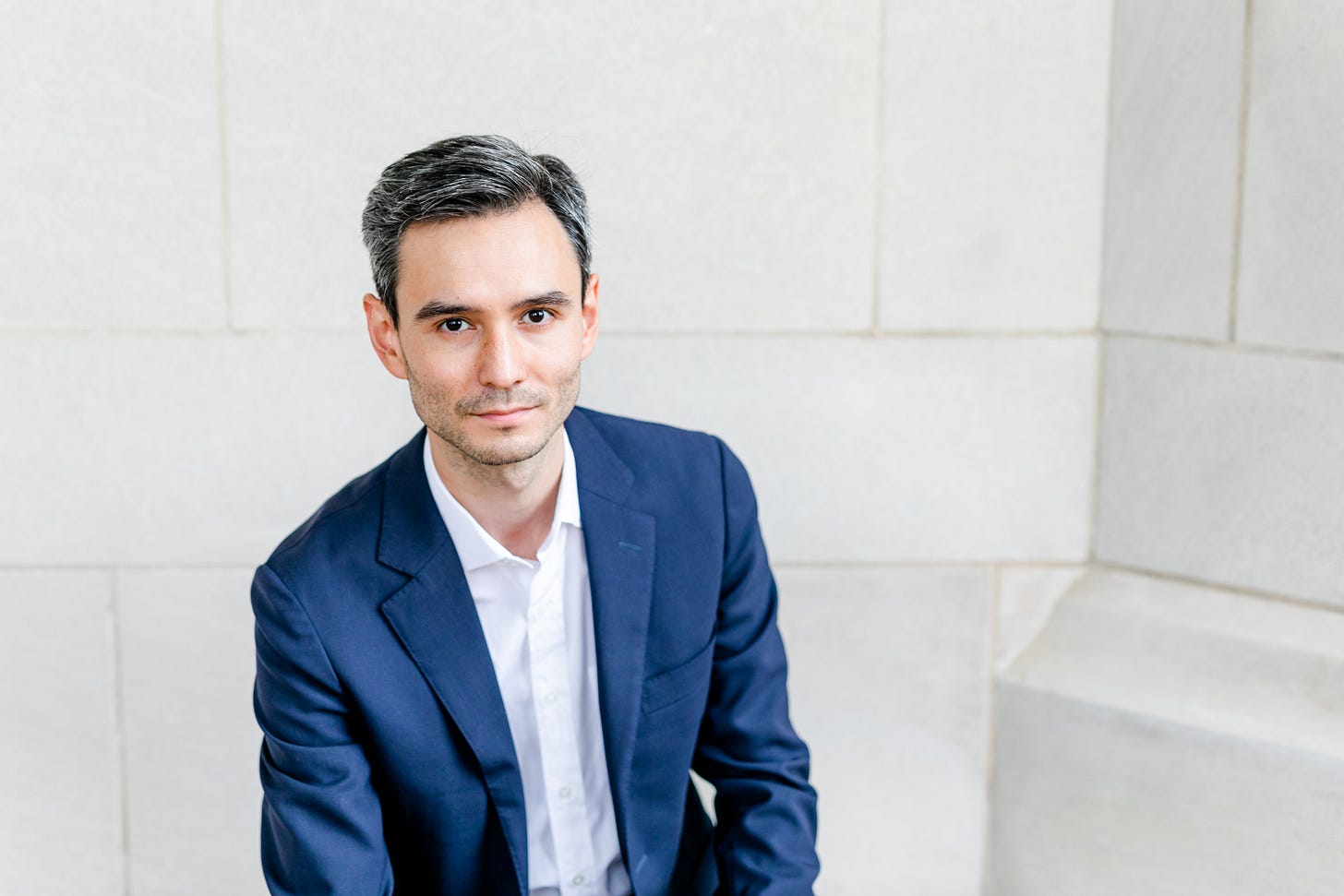Soon Wiley: “I don’t have a definitive label or know what group I fit into”
The author on how the mixed conversation has changed, the duality of his work and human complexity
Hi, welcome back to Mixed Messages! This week I’m speaking to author Soon Wiley, who is of Korean and American heritage. Soon’s debut novel When We Fell Apart, is out now, and is led by Min, a biracial Korean-American who wants answers after his girlfriend Yu-jin is found dead. Duality is a key theme in the book, with many characters almost living two l…


